|
On April 26, 1601, James VI. wrote to inform Lord Mar of his conference with the Laird of Johnstone and Robert Scot “respecting incursions by the English on the Borders, and in regard to the delay which had taken place in staying the same through the absence of Lord Scrope from his Wardenry; that a complaint was to be sent to the Queen, our dearest sister,” pointing out the sloth of Lord Scrope, and asking that a fresh man should be appointed, such as his father was; that “the murderers of the Laird of Carmichael had been protected by the English, for some of them being pursued by our Counsellor, the commendator of Holyrood House, and the Laird Johnstone, were not only openly received in full daylight by the Grahames of Esk (Englishmen), but fortified and assisted in such sort by them as they fled in fear, that they came back in company with the said outlaws and turned a chase upon our Counsellor and Warden, pursuing them so that they narrowly escaped with their lives. We are certified by our Warden that the said fugitives and outlawed Armstrongs have their residence now for the most part in Geordie Sandie’s house, an Englishman.” Two days later, Nicolson wrote to Cecil that the King “has had secret speeches with Johnstone,” and in August reports another raid on the Borders, and that he cannot see how the peace will be preserved there. He writes soon after that Ninian Armstrong’s house has been thrown down by the King’s orders, and George Sandie Grahame been delivered up by the English to the Scots; and on May 25, 1602, that the outlawed Armstrongs—Carmichael’s murderers—”have the last week ridden upon the Laird of Johnstone’s lands, and carried away some of his goods, and the other Armstrongs would not rise to follow the rest, which the Laird takes evil, and intends to take amends as he may. This I hear, and I do fear they will in the end get life.” He adds that “Johnstone and Mr Musgrave, Lord Scrope’s deputy, are the only bridles that these evil men and others there have. If they miscarry, both Princes will be troubled to keep those parts in order.” On November 28, 1602, he writes again—”We have here much ado about our West Border affairs, the Laird of Johnstone making odious complaints of my Lord Scrope and John of Johnstone. I see no good but evil appearance therein, yet if Lord Scrope please to take the opportunity he may have with honour, his Lordship may do anything and make the Laird seek him.”[An order decreed at this time that all the constables and landed men should keep bloodhounds on the Borders to track out thieves.]
On October 25, 1602, the Laird of Johnstone, John Johnstone of Newbie, and John Johnstone of Graitney, among others, signed a bond of peace headed by the King’s name. The John of Johnstone above mentioned was the son of George Johnstone, the son of William of Graitney, and Baron of Newbie.
When James VI. became King of England; in 1603, it was of the first importance that the clans on the frontier should be quelled, lest their incursions upon his new kingdom should make him unpopular with the English. He appointed Johnstone of Graitney and two colleagues to survey the debateable land and surrounding parts, with the view of placing them under large and responsible landholders; and in the State accounts for that year is a sum of £66 3s. 4d for Johnstone’s expenses. A warrant, dated Westminster, January 27, 1608, also directs the Treasurer “to pay to John Johnstone of Gretna, Scotland, £100 as a free gift and reward.” The Grahames were obliged to emigrate to Ireland, and a special Commission was convened, which sat for nearly eighteen years, from 1604 till 1621, to try Border causes. In 1605 James VI. wrote to the Governor of York, telling him to furnish the Laird of Johnstone with fifty more horsemen to aid in pacifying the Borders. If he had not got the money for them he was “to beg or borrow it.” The result of the special Commission seems to have been that the King’s favourites obtained places on it, and the greater part of the confiscated estates. In some instances they also gratified private malice. Many outlaws who well deserved it were summarily hung, but others whose crimes had been equally flagrant were spared, and even rewarded, because they had friends among the Commissioners. One of these was Robert Gordon, the heir of Lochinvar, who in 1602, in revenge for the death of a relative killed in a skirmish, made a foray through Annandale, Wamphray, Lockerbie, Reidhall, Langrigs, &c.; and killed Richard Irving of Graitney in his own house. A party of soldiers was sent to arrest him, but he took them all prisoners, and compelled the officer who commanded them to eat the King’s warrant for apprehending him. He was outlawed, and a description of his personal appearance, as well as that of Lord Crichton of Sanquhar, outlawed at the same time, was sent to Carlisle and Dumfries for their apprehension. Yet only three years afterwards Gordon was made a gentleman of the King’s Bedchamber, and received a gift of some confiscated estates, and in 1621 he was created a baronet. Wm. Maxwell of Kirkhouse was a similar character. In 1602 he attacked Wilkin Johnstone of Elsiechellis and John Johnstone of Husliebray, and burned their houses; and burned James Johnstone of Briggis alive in his residence. Yet in 1607 the King presented him with the Kirk lands of Kirkpatrick-Fleming, and ten years later obliged two Johnstones to sell to this Maxwell their father’s land in Kirkpatrick-Fleming and Castlemilk. His brother was created Earl of Dirleton.
Douglas of Drumlanrig was made Earl of Queensberry, and Douglas of Angus was restored to his ancient honours. He was created a Marquis in 1633, and recovered some of the family estates forfeited as early as the fifteenth century.
Even the most peaceable of the smaller landed proprietors were obliged to sell, particularly if they were minors, that their estates might swell the heritage of a richer man. But though great complaints have been made of these arbitrary proceedings, it is allowed that they were effectual, and as the old poet, Scot of Satchells, sang—
On that Border was the Armstrongs able men,
Somewhat unruly, and very ill to tame.
* * * *
But since King James the Sixth to England went;
There has been no cause of grief;
And he that hath transgressed since then,
Is no freebooter, but a thief.
* * * *
Adieu! my brother Annan thieves,
That helpit me in my mischievs.
Adieu! Grossars, Nickson, and Bells;
Oft have we fair owrthreuch the fells.
Adieu! Robsons, Howis, and Pylis,
That in our craft has mony wilis;
Littlis, Trumbells, and Armstrongs.
Adieu! all thieves that we belongs,
Bailies, Irwynes, and Elwoods (Elliots),
Speedy of flight and slight of hands;
The Scots of Eskdale and the Grames,
I have no time to tell your names.
In 1612 bonds were drawn up and signed by the different clans protesting their loyalty, lamenting over the blood shed in times past, and the loss of life they had sustained from thieves and murderers within the Highlands and Borders; and promising for the future to pledge themselves for the good conduct of the Borders, as they would at once arrest and execute any such offenders. A deed preserved at Abbotsford is signed by James H. Lenox, Huntlie, Montrose, Cancellarius, Angus, Herries, Caithness, Traquair, Lochnivar, Johnstone, Drumlanrig, David Scot of Stobneil. At Jedburgh, 29th March, 1612. Walter Scot of Goldielands, Walter Scot of Tuschelaw, and others are signed for, being unable to write.
The Laird of Buccleuch, who was ennobled in 1606, collected a large number of those mosstroopers and cattle drivers in the middle Marches, who, to quote Camden, knew no measure of law, but the length of their swords, and sent them to Holland for the military service of the Prince of Orange, who paid him for it; and in Berwickshire there was a demand for agricultural labour, but Annandale permanently lost much of its population, who were now bereft of their employment. The long sea coast and good anchorage between the Esk and Dumfries produced hardy fishermen at Annan, Redkirk, Locharwood, Newbie, and Saltcoats; and these were turned to account by some of the landowners in a brisk trade which grew up during the 17th century between the West of Scotland and the Isle of Man, Holland, and the West Indies. A Government vessel was kept at Dumfries, but appears to have been far from vigilant; so when high duties were put upon foreign and colonial goods, this trade degenerated into smuggling, which was extended across the Esk into England, and continued a source of great profit till comparatively recent times.
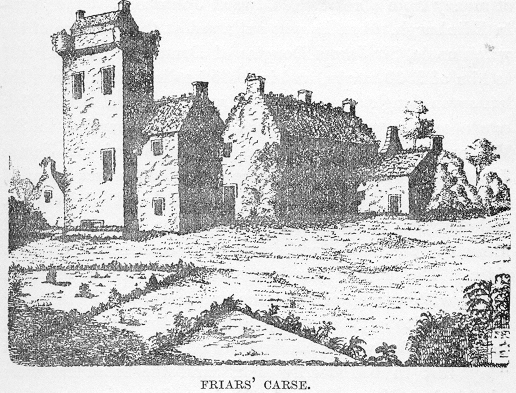
In 1600 a decree of the Lords in Council charged these chiefs with the care of the Borders:—Lord Howe, Sir James Johnstone of Dunskellie, James Johnstone of Westraw (his brother-in-law), John Johnstone of Newbie, Grierson of Lag, Kirkpatrick of Closeburn, Robert Gordon, apparent of Lochinvar, John Johnstone of Graitney, Hamilton, various Maxwells, and Scot of Buccleuch. But before the special Commission was dissolved in 1621, Newbie and Graitney had disappeared as separate baronies; the first being absorbed in the estates of Johnstone of that ilk, which joined them, and the last having returned to the barony of Comlongan and Cockpool, to which it seems to have originally belonged. John Johnstone, the young Laird of Newbie, was Provost of Annan in 1604, and obtained its recognition as a burgh from the Convention of Royal Burghs which assembled that year at Perth, and to which he sent John Galloway (uncle to the first Lord Dunkeld), and Robert Loch, bailies of Annan, as his representatives. He had already borrowed various sums of money from a relative, Edward Johnstone, a merchant in Edinburgh, when he was outlawed at the instance of his wife’s uncle, Sir James Douglas of Drumlanrig, for a debt to him of 2500 marks, and in 1605 he died at Carlisle. He left seven daughters as his co-heiresses, but had settled his estate on the second, Barbara, who was married to Sir William Maxwell of Gribton, a nephew of Sir James Johnstone’s wife. As the barony of Newbie was entailed on male heirs, it was claimed by the Laird of Newbie’s male heir, his uncle Robert of Brigholme, who established himself in the Castle, while a lawsuit commenced on both sides. The matter was cut short by William Maxwell riding with a troop of horsemen and one or two Johnstones, including Robert’s nephew, Robert Johnstone of Brume, to the Castle, where, as was stated on the trial, Robert “lay fast in bed deadly sick,” and the intruders were admitted by Maxwell’s wife, Barbara Johnstone, and her mother, Elizabeth Stewart, Lady Newbie, who were also residing there, into the lower hall, whence they ascended into the Laird’s bedroom. Robert’s brother, Edward Johnstone of Ryehill, attempted to defend him, but was shot through the body; a servant and relation, Arthur Johnstone, was wounded in the face, and they were all “thrust out of the Castle with their hands tied behind their backs.” Robert Birrell alludes to the affair, March 19th, 1605. “The Maxwells came to the house of Newbies and tuick the house. In taiking of the house sundrie were wounded and hurt. They keipit the house till the gaird and heralds caused them to surrender.”
William Maxwell, his wife, and his mother-in-law, were summoned to Edinburgh for trial on the 21st June, 1605, at the instance of Robert Johnstone, Edward Johnstone, his brother, and Arthur Johnstone, on whose part Sir Thomas Hamilton, the King’s advocate, appeared, while on Maxwell’s side his wife’s uncle, Sir Alexander Stewart of Garlies, the Laird of Amisfield (Charteris), and Andrew Ker of Fenton were called as witnesses for the defence. The record of the trial is headed, “Besieging the Tower of Newbie, Shooting Pistolets, Taking Captive, &c.,” and begins, “Forasmuch as albeit by divers Acts of Parliament our Sovereign Lord has prohibited the wearing of pistols and hagbuts, under certain pains, notwithstanding it is of truth that such is the wicked disposition of some persons which, preferring their own revenge to the due reverence and obedience of his Highness’s laws, they and their domestic servants daily and continually bear and wear pistols, swords, and hagbuts as their ordinary and accustomed weapons. . . . As viz., the said William Maxwell of Gribton, Barbara Johnstone his spouse, and Elizabeth Stewart her mother, having this long time borne a secret and hidden malice against the said Robert Johnstone of Newbie, in respect of the depending of certain acts before the Lords and Sessioners of Council,” &c. The trial continued a week, and was then prorogued till the third of July, when the defendants were bound, under pain of 200 marks, to come up for judgment within fifteen days. Robert Johnstone returned to Newbie, when his land was overrun by some of Maxwell’s people; on which Lord Herries, at the instance of John Johnstone, advocate, summoned Maxwell to appear (October, 1605), and Sir James Johnstone of Dunskellie and Robert of Newbie at the same time prosecuted Elizabeth Stewart, Lady Newbie, and her second husband, Samuel Kirkpatrick of Hoddam, who on their non-appearance before the Court were outlawed. Lady Newbie appealed against this decision, and Robert Johnstone died the following December, leaving two sons, William and Edward, both minors. Various suits were carried on by young William’s guardian, his uncle, Edward Johnstone of Ryehill, which extended through the year 1606; when William having also died, Sir James Johnstone of Dunskellie bought from Barbara Johnstone her own and her husband’s right to the Newbie barony.
The compact was signed at Dornoch, Jan. 23, 1607; and Sir James agreed to pay 25,000 marks, and to bring up Barbara’s six sisters—Janet, Mary, Agnes, Christina, Elizabeth, and Jeanette—in his own house, charging himself with their education and ultimate marriage, “as befits ladies of their degree.” Their mother appears once more with her husband, Kirkpatrick, in an action against James Murray of Cockpool, in 1610, for “non-payment of certain dues.”
Among the list of Border proprietors in 1624, “Edward Johnstone of Newbie” is recorded, for though Newbie at that time belonged to the Laird of Johnstone, he and his relatives continued for the rest of their lives to be called either of Newbie or of the parts of the estate where they were settled as kinsmen without legal agreements, but with a “kyndlie” right; as Abraham Johnstone of Milnebie and Brume, and his sons Robert, John, William, and Thomas of Brume; Edward Johnstone of Ryehill Castle, living in Mylnefield, and his son and grandson, both John Johnstones of Mylnefield; and David Johnstone of Robgill.
In 1573 the Laird of Johnstone was fined £2000 and outlawed for not producing John Johnstone of Graitney, who had been summoned by the Privy Council to make compensation “for all attempts committed by himself, his bairns, and servants in time past;” and the laird had acted as his pledge; but, like so many penalties adjudged to Border chiefs, it was probably never enforced, as the two families seem to have continued good friends. In 1602 John Johnstone of Graitney made a complaint to the Privy Council that having sent “his three sons, with nine of his servants, with carriage and provision, to the hunting at Liddell in England, having obtained licence so to do, for some venison for the banquet made by his chief, the Laird of Johnstone, at the late baptism of his son. It is of verity that Thomas Trumble of Mynto, Hector Trumble of Barnhill, and Mack Trumble of Bewbie,” attacked and robbed them; the carriage, bedding, and victuals being worth £240.
In 1612, Graitney was confirmed by Crown charter in the possession of this John Johnstone, and allusion is made in the charter to the burning, slaughter, and devastation of these parts. Nisbet in a heraldry, compiled by order of the British Government in 1722, speaks of Johnstone of Graitney as “another cadet of Johnstone of that ilk. On an old stone on the front of the house of Graitney, of the date 1598, is the shield of arms of Johnstone of that ilk, with the addition of two mullets.” In 1606 this John of Graitney gained a suit which had lasted several years over the sons of the murdered Richard Irving, who had obtained the lands of Sarkbrig and Conheath, in Graitney, on mortgage from John’s grandfather, William Johnston of Newbie, and were now obliged to give them up. But in 1618 he, by royal command, sold the whole Graitney estate with the consent of his son William, and of his relatives, Edward of Ryehill and David of Robgill, to Sir John Murray of Cockpool, who had married the daughter of Gilbert Johnstone, a merchant in Edinburgh.
The Kirk land of Kirkpatrick-Fleming which had belonged to Robert Johnstone of Newbie was conferred on William Maxwell of Kirkhouse by a royal charter dated Whitehall, Jan. 10, 1607; and Brigholme and Northfield, the property of the same Laird, were sold by his son Robert, in 1610, to Mr Patrick Howat, one of the King’s chaplains, afterwards a Scotch Bishop.
Sir William Maxwell of Gribton died in l621, leaving an eldest son John. His branch of the family were still Romanists, and his youngest son, Alexander, appears on the list of Scotch students at the Douay College in France in 1622; Barbara Johnstone, Lady Gribton, being at that time resident in Paris. She had been put to the horn— i.e., proclaimed an outlaw — for “holding Papistical opinions,” as the Act states, in 1616; as well as two of her sisters, Agnes Johnstone, spouse of William Lawrie, and Janet, married to John Browne in Lochhill. Lady Gribton appears to have returned to Scotland in 1628, for in August of that year James Johnstone of that ilk appeared in person, and became security for Dame Barbara Johnstone, Lady Gribton, that “the said Dame Barbara, within the space of one month after this date, shall depart and pass forth of the kingdom, and that within 22 days thereafter she shall pass forth of the bounds of Great Britain, and that she shall not return again without his Majesty’s licence under the pain of 5000 marks; and the said Dame Barbara appearing personally, acted herself that during her remaining within this kingdom she shall not receive Jesuit seminary priests, nor trafficking Papists, nor shall travel about the country under the pain of 5000 marks, Sir James and his heirs becoming her cautioners.”
By the acquisition of Newbie and Stapleton, Sir James Johnstone connected his lands, for he had previously been obliged to pass through Newbie’s property to reach some of his own estates. Two years earlier he became possessed of the barony of Corry, and in 1599 he had turned the Johnstones of Lockerbie, out of their lands in Garwald, and annexed them, although one of these relations, Cuthbert Johnstone, was ninety years old. Lord Maxwell, the son of his rival, who had fallen at Dryfe Sands, frequently threatened him, but as Lady Johnstone was in favour with the Court, the King intervened, and ordered Maxwell to retire to Clydesdale; and when he returned without permission in 1601, avowedly to revenge himself on Johnstone, he was imprisoned in Edinburgh Castle. Thence he escaped, but was shortly afterwards induced to sign a bond “for himself and taking burden for all others concerned,” by which “he forgave and remitted all hatred, rancour, &c., against Sir James Johnstone for the slaughter of John Lord Maxwell, his father, and all other slaughters and insolences which followed thereon.” As he continued in disgrace, his cousin, Sir Robert Maxwell of Orchardstone, Johnstone’s brother-in-law, arranged a meeting between the two chiefs—though it was to be as secret as possible—in which Maxwell was to ask for Johnstone’s intercession with the King, and all old grudges were to be wiped away. Sir James took his servant, a relation, William Johnstone, and Maxwell brought Charles Maxwell of Kirkhouse—a circumstance which made Johnstone place reliance on his good faith, as he was a nephew of John Murray of Cockpool, whose brother Charles was married to a Johnstone of Newbie. They met on horseback in a secluded spot near Tinwald (April 6, 1608), and while the two Lairds were conversing with apparent amity, Charles Maxwell entered into a warm discussion with William Johnstone and suddenly fired his pistol at him. William tried to return it, but his pistol missed fire. He shouted treason, and Sir James turning round was shot in the back by Maxwell, who at once rode away, and said he had done enough, when his second advised him not to leave William Johnstone alive. Sir James was propped up on his horse, but had only strength to say “Lord have mercy on me—Christ have mercy on me—I am deceived,” before he expired. Maxwell fled to the Continent, and the case was tried in Edinburgh, June 24, 1609, by a special Parliament, which found him guilty of high treason for slaying the Warden of the Marches, and all his goods were to be confiscated. He remained abroad till 1612, when he ventured to land in Caithness, but he was treacherously seized and delivered up by his cousin’s husband, Lord Caithness, and sent a prisoner to Edinburgh Castle.
By the King’s order, the Laird of Johnstone, his guardian (Robert Johnstone of Raecleuch, his second cousin), his mother, and his grandmother, “the auld Lady Johnstone, were asked if they persisted in the pursuit of their petition, craving justice to be executed upon the forfeited Lord Maxwell for the slaughter of the late Lord of Johnstone;” and they said that they did. Lord Maxwell’s brother presented this appeal to their mercy—”Offers of submission made by me, sumtyme Lord Maxwell, for myself, and in name of my kin and friends to. . . now Laird Johnstone, and his tutors and curators, Dame Sara Maxwell, Lady Johnstone younger for the time, his mother; Dame Margaret Scot, Lady Johnstone elder, his gudedame, and to their kin and friends, for the unhappy slaughter of the late Sir James Johnstone of that Ilk, knight, by me.” After asking forgiveness of the Almighty and of the King, he proceeded to offer his bond and sworn faith that he will forgive the slaughter of his own father by the late Laird of Johnstone and his accomplices, and that it shall never be brought up against any of them again. He then proposes “to marry . . . Johnstone, daughter of the late Sir James, as owing to the sudden and unhappy slaughter of her father, she is left unprovided with a sufficient dower,” and that he would require none (Lady Maxwell had died during his exile); and for the better avoiding of all future enmity between the houses of Maxwell and Johnstone “he desires the Laird of Johnstone may be married to Dame Maxwell, eldest daughter to Lord Herries, and sister’s daughter to me, a person of like age with the Laird of Johnstone,” and he would pay her twenty thousand Scotch merks as dower; and that, “for the further satisfaction of the house of Johnstone,” he would consent to be exiled for another seven years, and longer if it was the Laird’s pleasure.
Maxwell seems not only to have been ignorant of the Christian name of the young lady whom he offered to marry, and of her brother the Laird, but also of that of his own niece, from the blanks left in the MS. His petition was disregarded, and he was condemned to lose his head at the Market Cross of Edinburgh on May 20th, 1613. He refused to avail himself of the services of a minister, being a Roman Catholic, but met his death heroically. Four years later his attainder was reversed, and as he only left a daughter Janet, married to John Corsane (Provost of Dumfries in 1621), his title went to his brother Robert, who, in 1620, was created Earl of Nithsdale.
John Corsane was reputed, to be the richest commoner in Scotland. He was the twelfth generation of a family long settled at Dumfries, and of which the chiefs for eighteen generations in succession all bore the name of John. The male line became extinct in 1777.
The Johnstones of Westraw begin to reappear in Dumfriesshire affairs early in the 17th century. The Laird of Westraw married a sister of Sir James Johnstone of Dunskellie, by which he probably obtained some land in the county, as in 1600 he is among those charged with the care of the Borders. In 1608 his name was joined with that of his nephew, the young Laird of Johnstone, Agnes and Elizabeth, daughters, and Robert of Raecleuch, executor of the late Sir James, in the petition for vengeance on Lord Maxwell, and in 1617 with that of Edward Johnstone of Ryehill and several Murrays as curator to the young Laird. In 1624 Westraw sold his estates in Lanarkshire to Sir James Carmichael, afterwards Lord Hyndford, and purchased the lands of Glendinning in Dumfriesshire, to which he gave the name of Westerhall from his former estate. His great-grandson, John Johnstone, was made a baronet of Nova Scotia, April 25, 1700, with a destination to his heirs male; so as he left only one daughter, Philadelphia, the title descended to his brother William, the ancestor of the present Sir Frederick Johnstone, of the Johnstones of Alva, [John, fourth son of Sir J. Johnstone, third Bart. of Weaterhall born 1734) entered H.E.I.C.S. and commanded the Artillery at the Battle of Plassey. He bought Alva and Hangingshawe. His son James Raymond Johnstone (died 1830), left eight sons and seven daughters. James, his heir (died 1887). John, his second son, went down with half his regiment between Madras and Rangoon. John A. Johnstone now of Alva (born 1847).] and of Lord Derwent.
The son of the murdered Laird of Johnstone was raised to the peerage in 1628, by the title of Lord Johnstone of Lochwood, and was created Earl of Hartfell in 1643 by Charles I. He adhered to the Royal cause during the Civil War, and was imprisoned and his estates sequestered; but on the accession of Charles II., his son James was restored to his lands and honours; and on the death of Murray, Earl of Annandale, without direct heirs, exchanged his title of Hartfell for that of Annandale, and obtained a grant of the hereditary Stewardship of Annandale and the office of hereditary Constable of the Castle of Lochmaben. In 1701 William Johnstone, second Earl of Annandale and third of Hartfell, was created Marquis of Annandale by letters patent to him and to his heirs male whatsoever, a title which has been in abeyance since 1792, when his last son, George, third Marquis of Annandale, died childless. It is now claimed by Mr Hope-Johnstone, the descendant of Charles, Earl of Hopetoun, who married the sister of the last Marquis, by Colonel Sir James Johnstone, the representative of the Johnstones of Newbie Castle, and by Sir Frederick Johnstone of Westerhall.
In 1609 an Act of Parliament was passed at Edinburgh, stating that “our Sovereign Lord, King James, for the support of the Town of Annan, which is miserably impoverished so as not to be able to build a kirk to themselves, has granted and disponed to the said town and parochin the house called the Castle of Annan, the hall and tower thereof, to serve for a kirk and place of convening to the hearing of the word and ministration of the Sacraments.”
The Johnstones of Wamphray died out in the male line in 1657, and their estate was ultimately bought by Dr John Rogerson, a native of the place, who at an early age went to Russia as chief physician to the Empress Catherine II., whom he attended on her deathbed. He remained attached to the Russian Court till 1816, when he returned to Dumfriesshire, and died in 1823, being buried in Wamphray churchyard. He had been preceded in his post by two Dumfriesshire men, Dr Halliday and Dr Mounsay; and a member of the Crichton family, Sir Alexander Crichton, succeeded him as physician to the Emperor Alexander I., and went through the Russo-French campaign of 1812-13-14.
On the marriage of the late Emperor Nicolas with a Princess of Prussia in 1817 he was appointed physician to the future Empress, but a member of her own family at last interfered when she had been in bad health for many months, on the ground that he was old-fashioned in his practice and too fond of the lancet. He therefore resigned his Court appointment, but continued for some time at St. Petersburg. He died in Kent in 1856.
In 1610 the Justices of the Peace for Dumfriesshire and the Stewartry of Annandale were John, Earl of Wigtown (who married the widow of Sir J. Johnstone, killed by Maxwell), Robert Lord Crichton, Alexander, Laird of Garlies, William Lord Cranstoun, Sir James Douglas of Drumlanrig, Sir John Charteris of Amisfield, Grier of Lag, Robert Douglas of Cassogill, Sir Thomas Kirkpatrick of Closeburn, Wemyss of Cassogill, Murray of Cockpool, Robert Johnstone of Raecleuch, tutor of Johnstone, Carruthers of Holmains, Mr John Johnstone, John Johnstone of Graitney, Sir Robert Dalzell of Knock, and Edward Johnstone of Ryehill Castle.
The eldest son of Sir William Maxwell of Gribton appears in 1628 as taking out letters of slain against Johnstone of Willis, who had murdered William Johnstone (he was natural son to the last John Johnstone, baron of Newbie) in the town of Johnstone, near Lochwood. John Maxwell, the pursuer, is called his sister’s son, and nearest of kin to the deceased. The case shows what an imperative duty this action was on behalf of a murdered man, and also that this kind of connection was legally recognised as a relation in Scotland, though it never was in England.
|
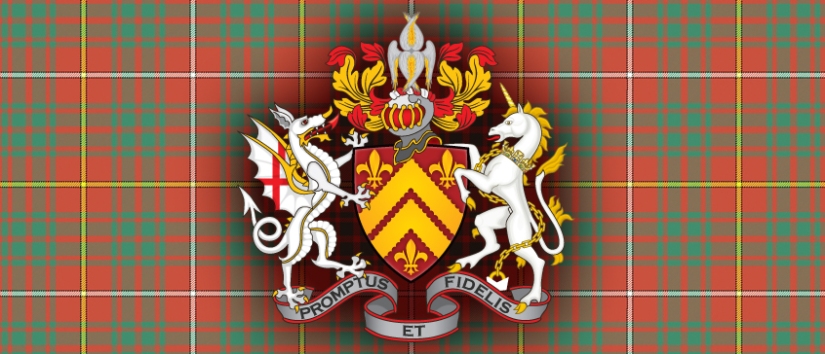
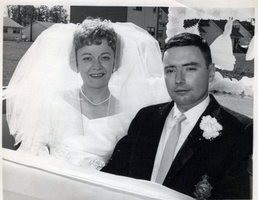 CARON, John Michael, CD, departed on his last flight on Wednesday, October 28, 2020, leaving a proud legacy of service to community, country and family. He is predeceased by his wife of 54 years, Darlene Caron (nee Carruthers). Together, they leave behind three children to cherish their memories: Laurie Caron Pasher of Cape Breton, NS, Leanne Caron (Arni Mikelsons) of Guelph, and David Caron (Jodi Armstrong) of Toronto. He was a proud grandfather to Justin (Charisse), Jaime, and Kalvin Goyer (Natalie Loft), Shawna Smith, Bradley, Lyndsay, Bryan (Claudia Smith), and Douglas Piper, and Olivia and Spencer Caron. His legacy continues in his great-grandchildren, Lion Ciuffreda, Nova Goyer, Emilia Piper, Reath Loft-Goyer, and Indigo Cull.
CARON, John Michael, CD, departed on his last flight on Wednesday, October 28, 2020, leaving a proud legacy of service to community, country and family. He is predeceased by his wife of 54 years, Darlene Caron (nee Carruthers). Together, they leave behind three children to cherish their memories: Laurie Caron Pasher of Cape Breton, NS, Leanne Caron (Arni Mikelsons) of Guelph, and David Caron (Jodi Armstrong) of Toronto. He was a proud grandfather to Justin (Charisse), Jaime, and Kalvin Goyer (Natalie Loft), Shawna Smith, Bradley, Lyndsay, Bryan (Claudia Smith), and Douglas Piper, and Olivia and Spencer Caron. His legacy continues in his great-grandchildren, Lion Ciuffreda, Nova Goyer, Emilia Piper, Reath Loft-Goyer, and Indigo Cull. In 1955, while attending Mount Allison University for engineering (and playing on Mount A’s first football team), he joined the Royal Canadian Air Force (RCAF), thus commencing a 40-year career in aviation. He trained as a Long Range Aerial Navigator and received a Queen’s Commission in 1957. He was stationed in Torbay, NL, as part of the RCAF Maritime Air Command, where he flew search and rescue missions during the Cold War as part of the Lancaster Bomber No. 107 Rescue unit crew. He later transferred to become an instructor at the RCAF Air Navigation School in Winnipeg. There he met a young RN named Darlene from Drumheller, Alberta and they married in 1962. He retired from the RCAF with the rank of Flight Lieutenant and joined Air Canada in 1966 as a Navigator, later training to become a pilot when technology made human navigation officers obsolete.
In 1955, while attending Mount Allison University for engineering (and playing on Mount A’s first football team), he joined the Royal Canadian Air Force (RCAF), thus commencing a 40-year career in aviation. He trained as a Long Range Aerial Navigator and received a Queen’s Commission in 1957. He was stationed in Torbay, NL, as part of the RCAF Maritime Air Command, where he flew search and rescue missions during the Cold War as part of the Lancaster Bomber No. 107 Rescue unit crew. He later transferred to become an instructor at the RCAF Air Navigation School in Winnipeg. There he met a young RN named Darlene from Drumheller, Alberta and they married in 1962. He retired from the RCAF with the rank of Flight Lieutenant and joined Air Canada in 1966 as a Navigator, later training to become a pilot when technology made human navigation officers obsolete.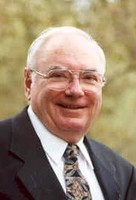 John was active in community service throughout his life. He was a founder of the Bramalea Ratepayers’ Association and the Federation of Urban Neighbourhoods (Ontario), and served on the Puslinch Planning Board for many years. He was active in Kiwanis (a Mel Osborne and Hixson Fellow and District Secretary-Treasurer for Eastern Canada and the Caribbean) as well as the Rotary Club of Guelph (a Paul Harris Fellow) and the Guelph & Wellington Men’s Club. John was a life member of the Canadian Warplane Heritage Museum, where his beloved Lancaster Bomber from Torbay was restored, and is now known as the Mynarski Memorial Lancaster.
John was active in community service throughout his life. He was a founder of the Bramalea Ratepayers’ Association and the Federation of Urban Neighbourhoods (Ontario), and served on the Puslinch Planning Board for many years. He was active in Kiwanis (a Mel Osborne and Hixson Fellow and District Secretary-Treasurer for Eastern Canada and the Caribbean) as well as the Rotary Club of Guelph (a Paul Harris Fellow) and the Guelph & Wellington Men’s Club. John was a life member of the Canadian Warplane Heritage Museum, where his beloved Lancaster Bomber from Torbay was restored, and is now known as the Mynarski Memorial Lancaster.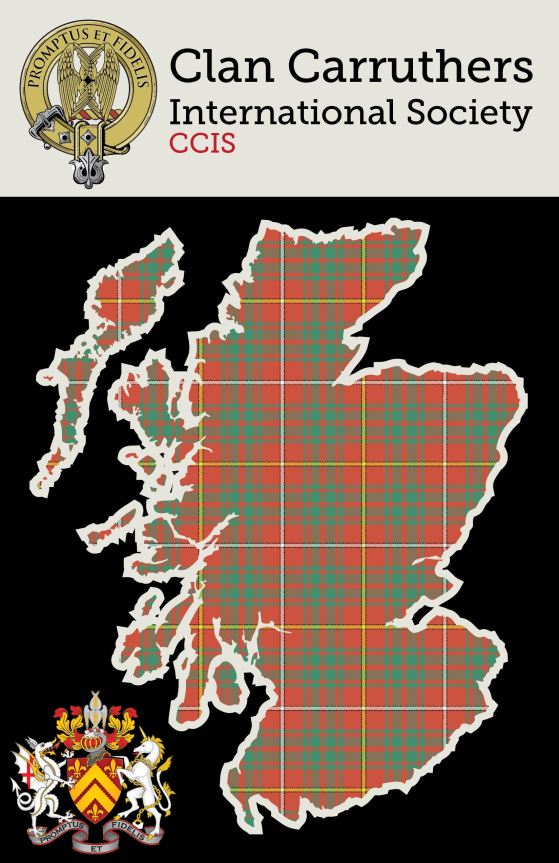




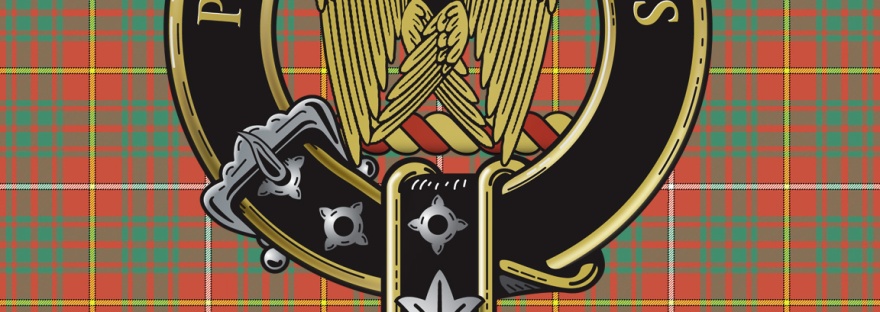






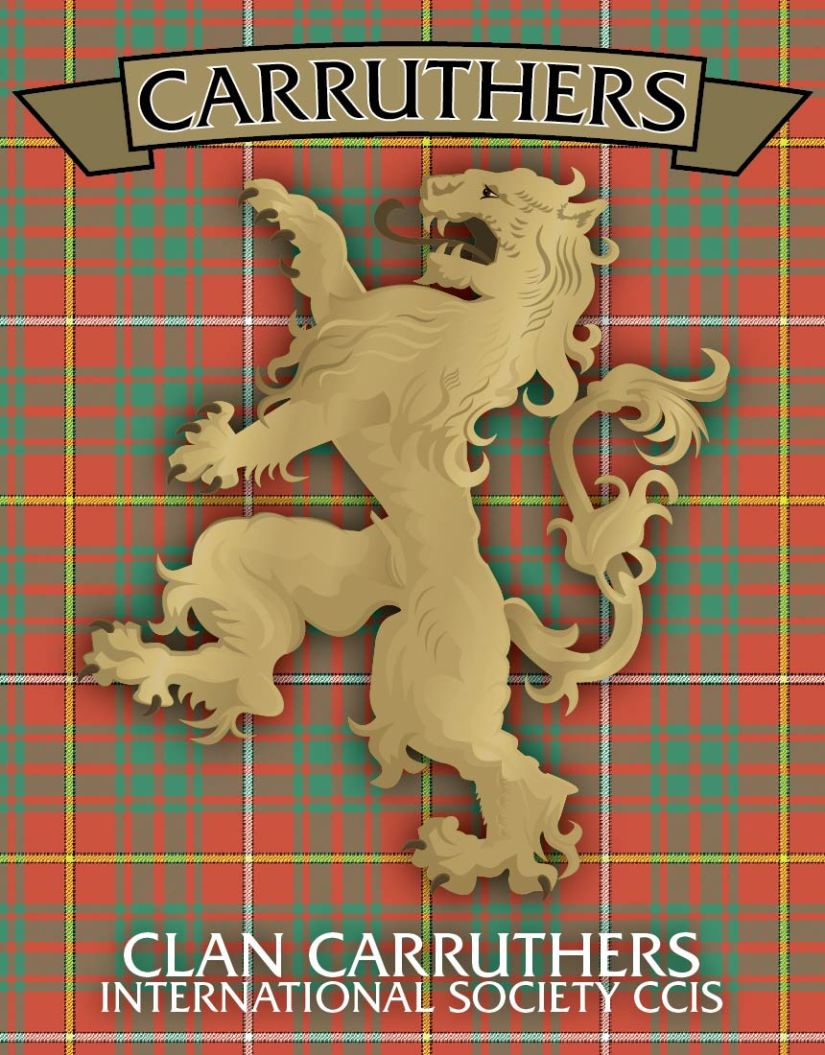



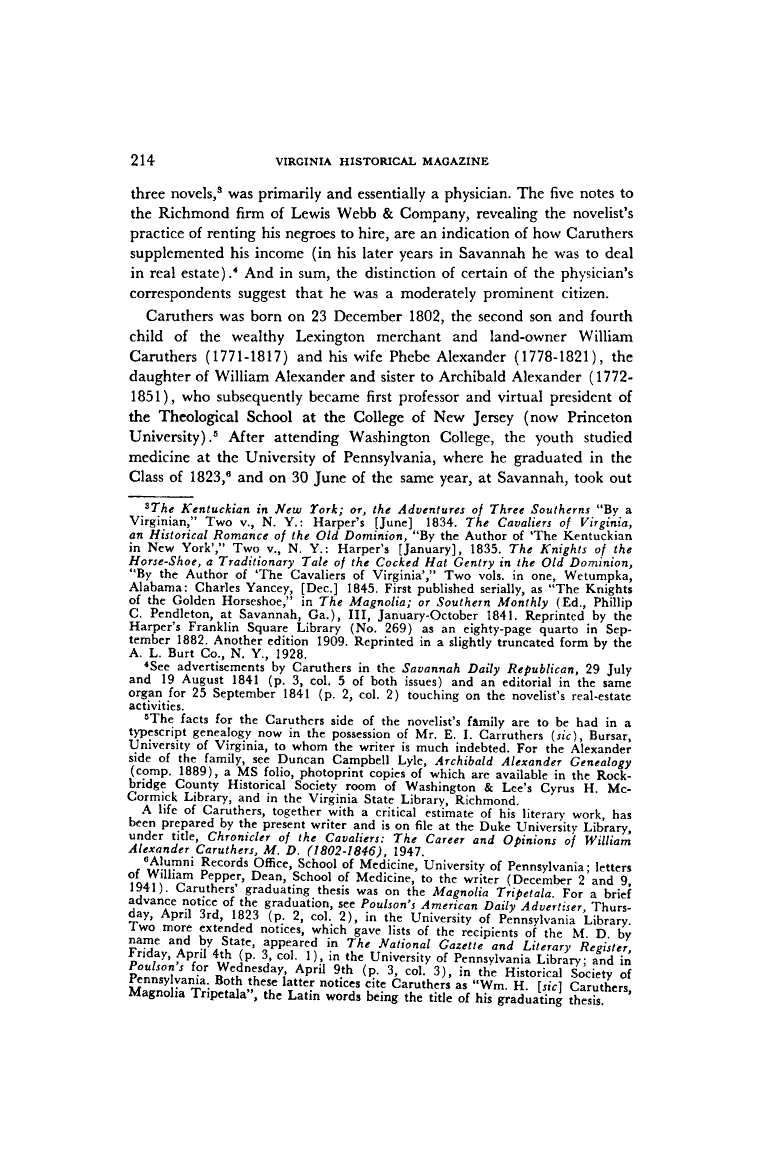
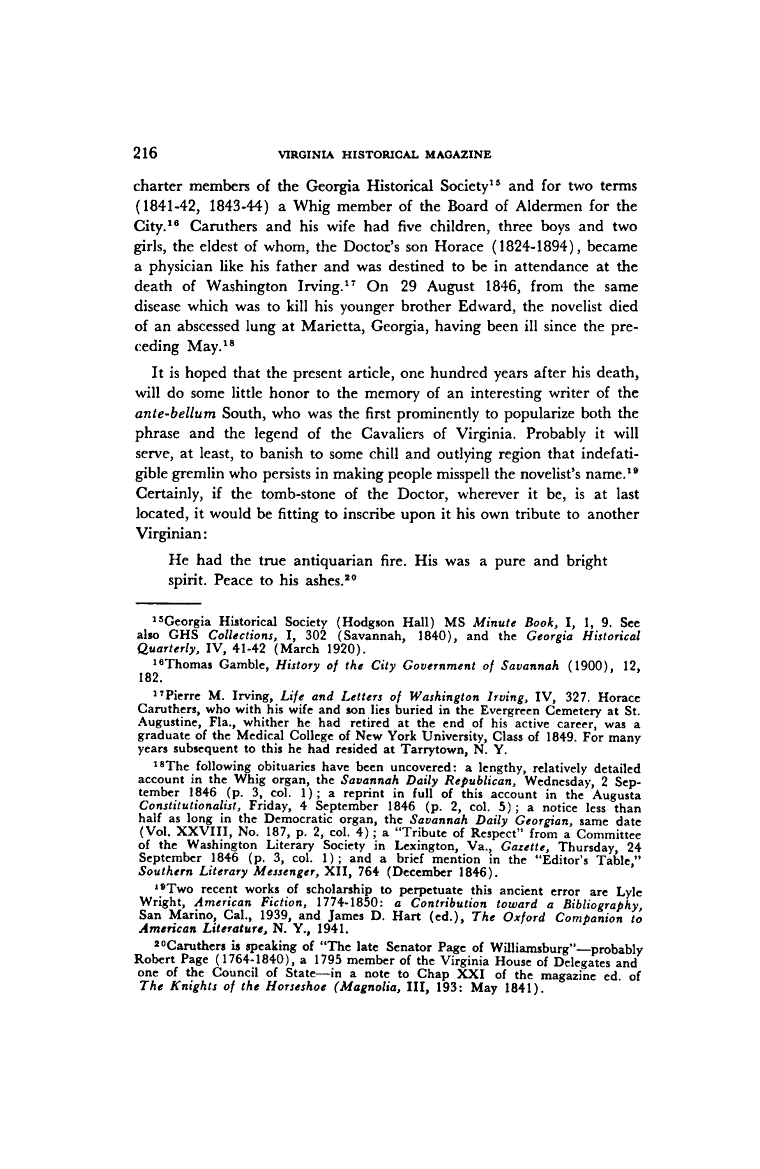

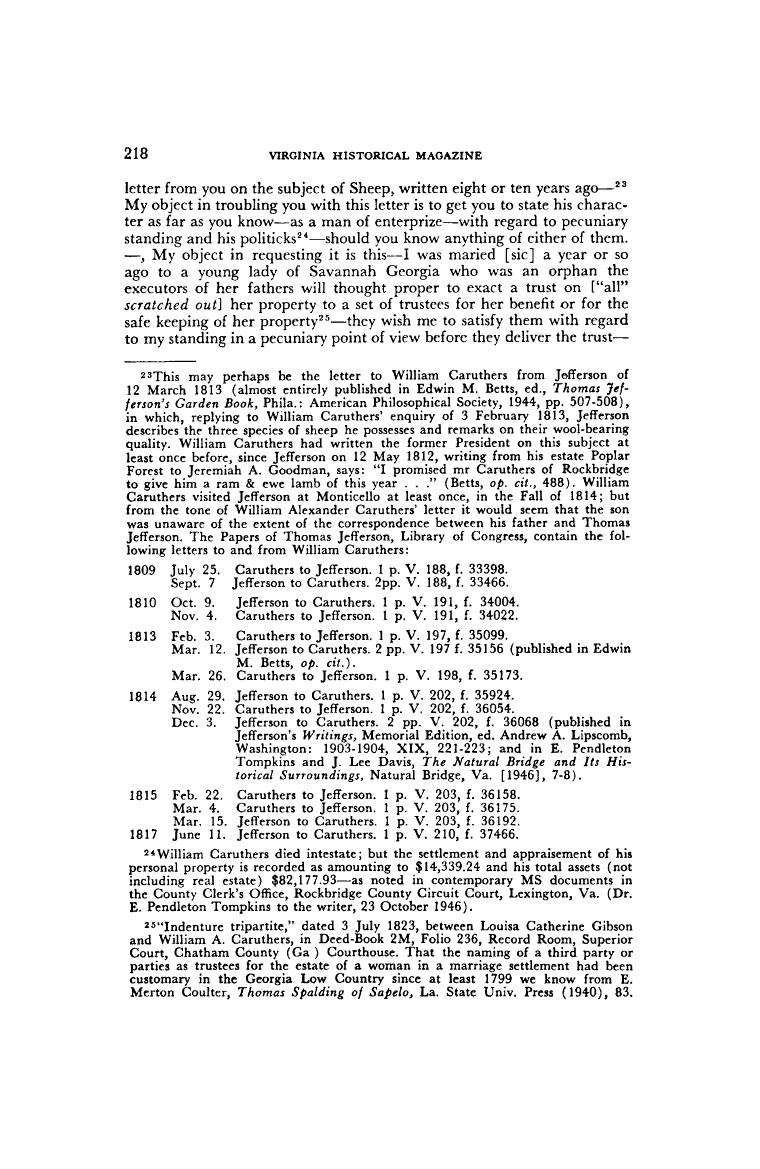
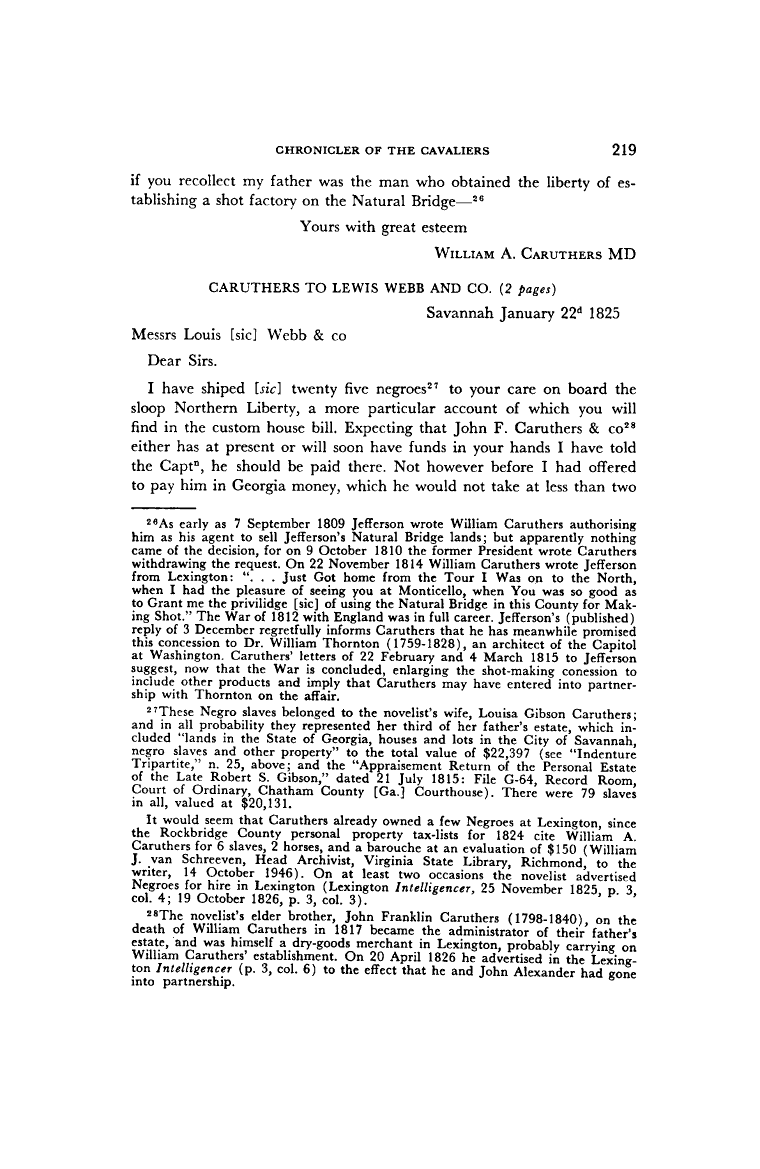






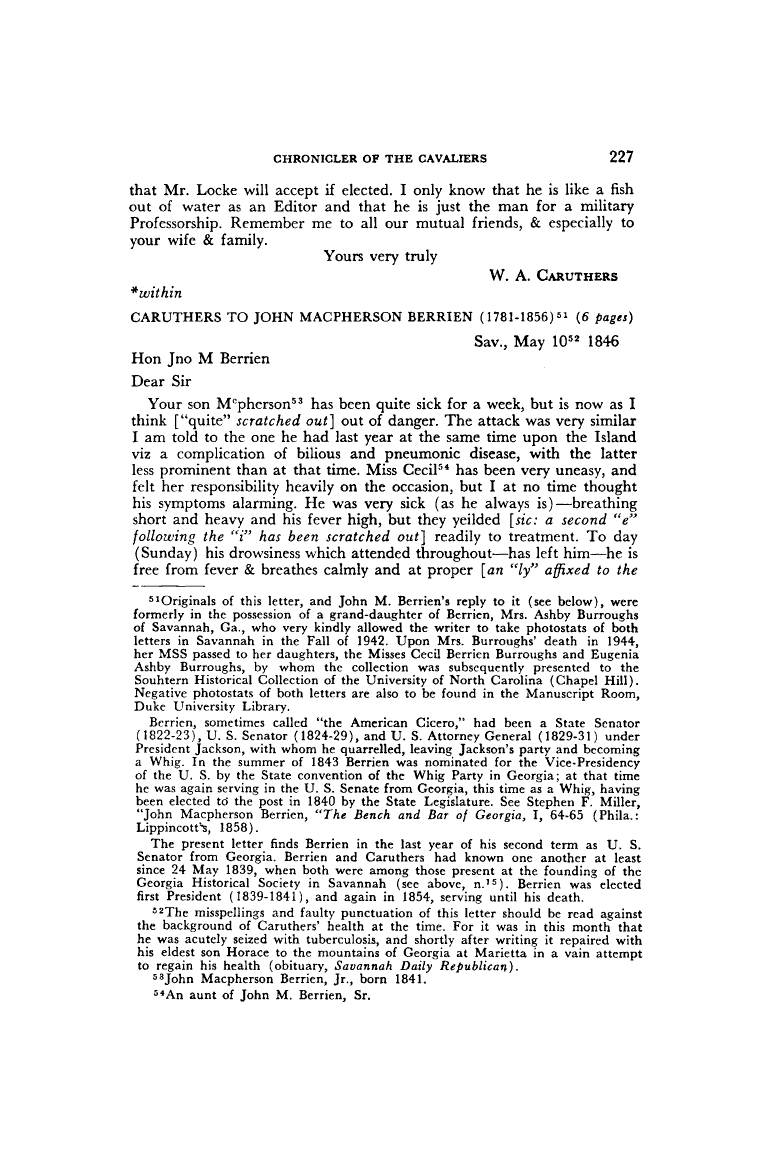
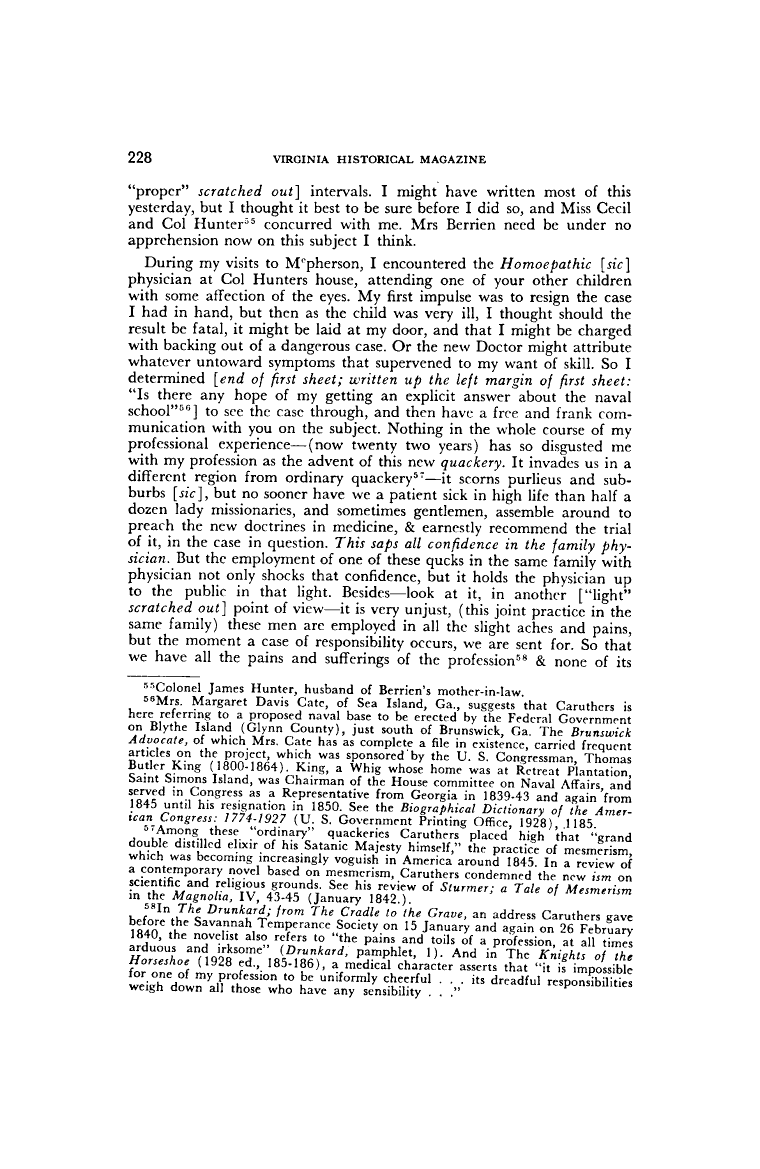
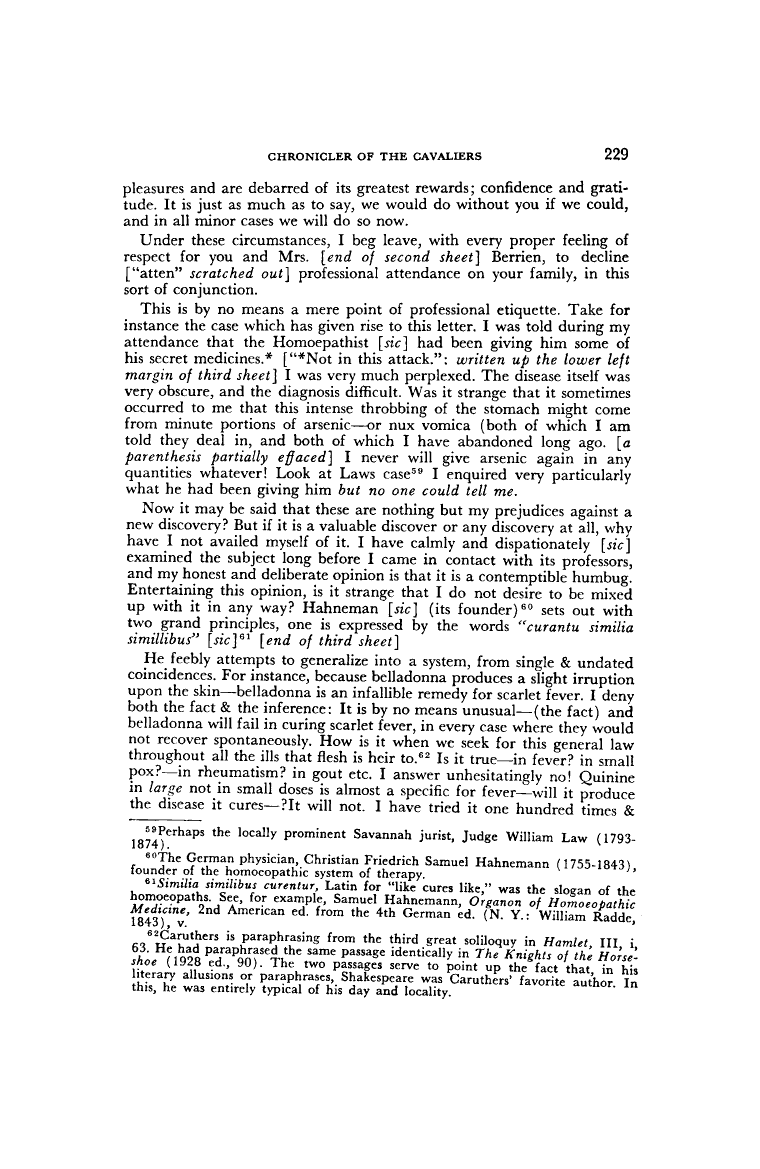

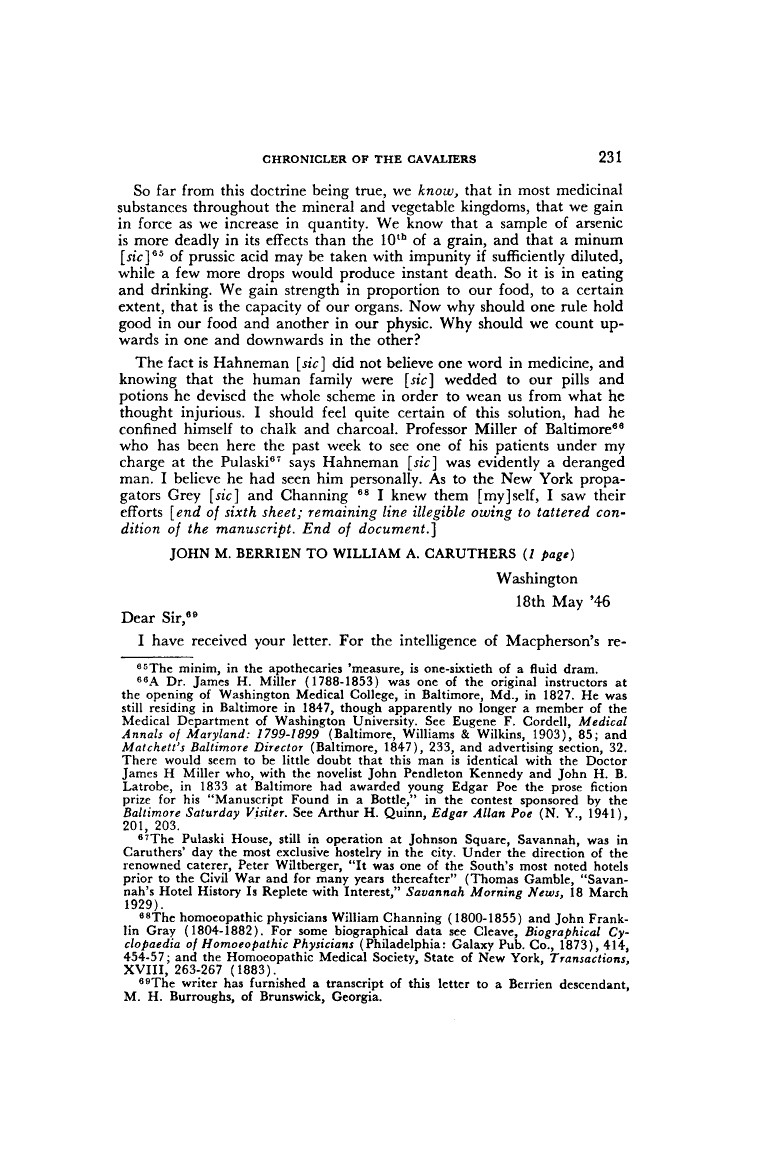

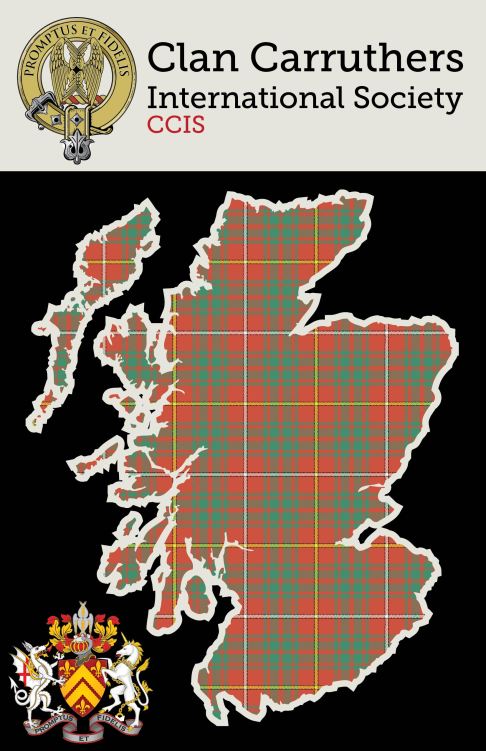



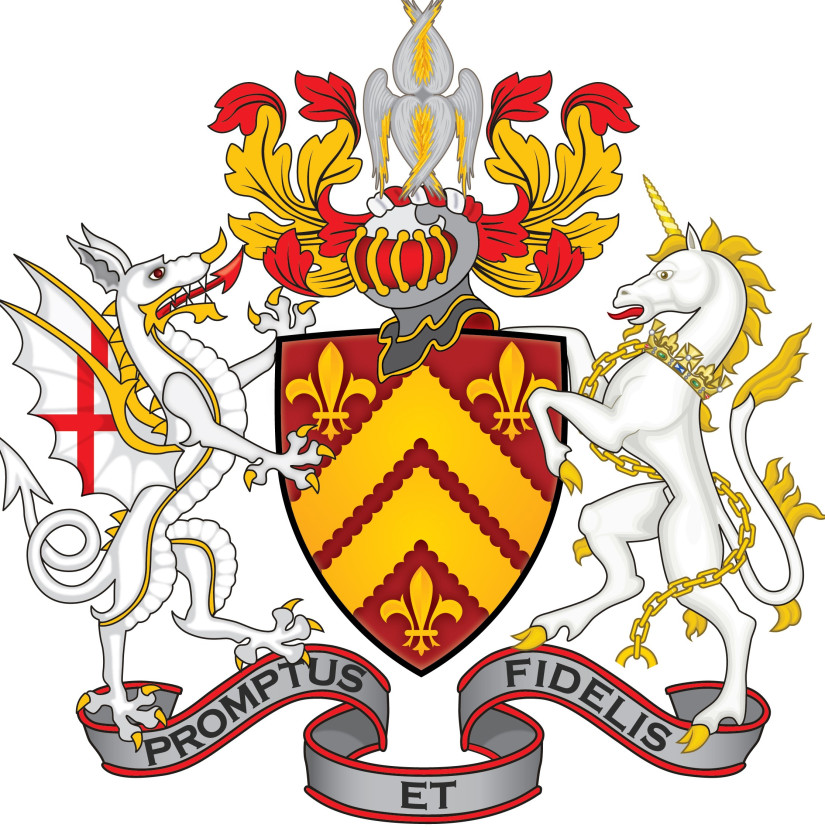

You must be logged in to post a comment.